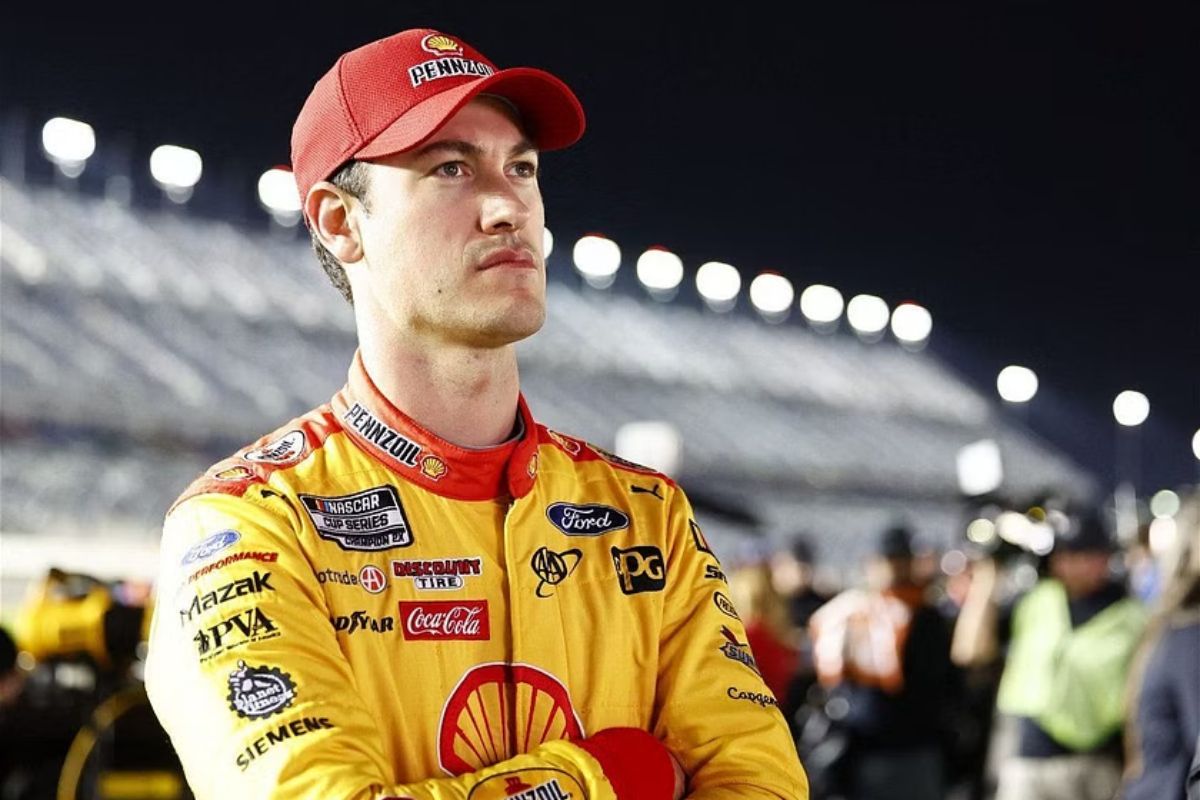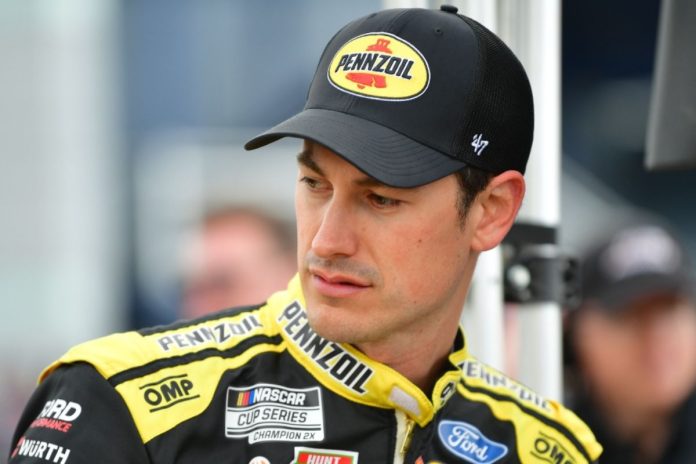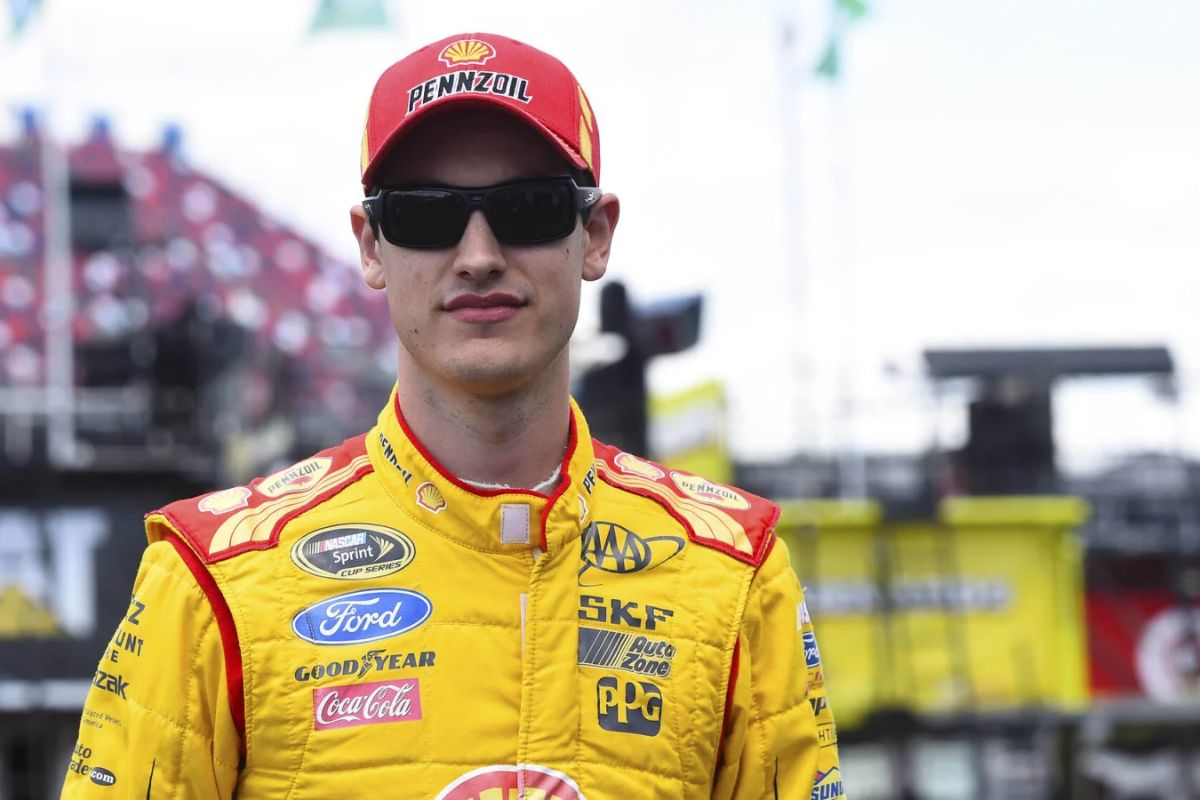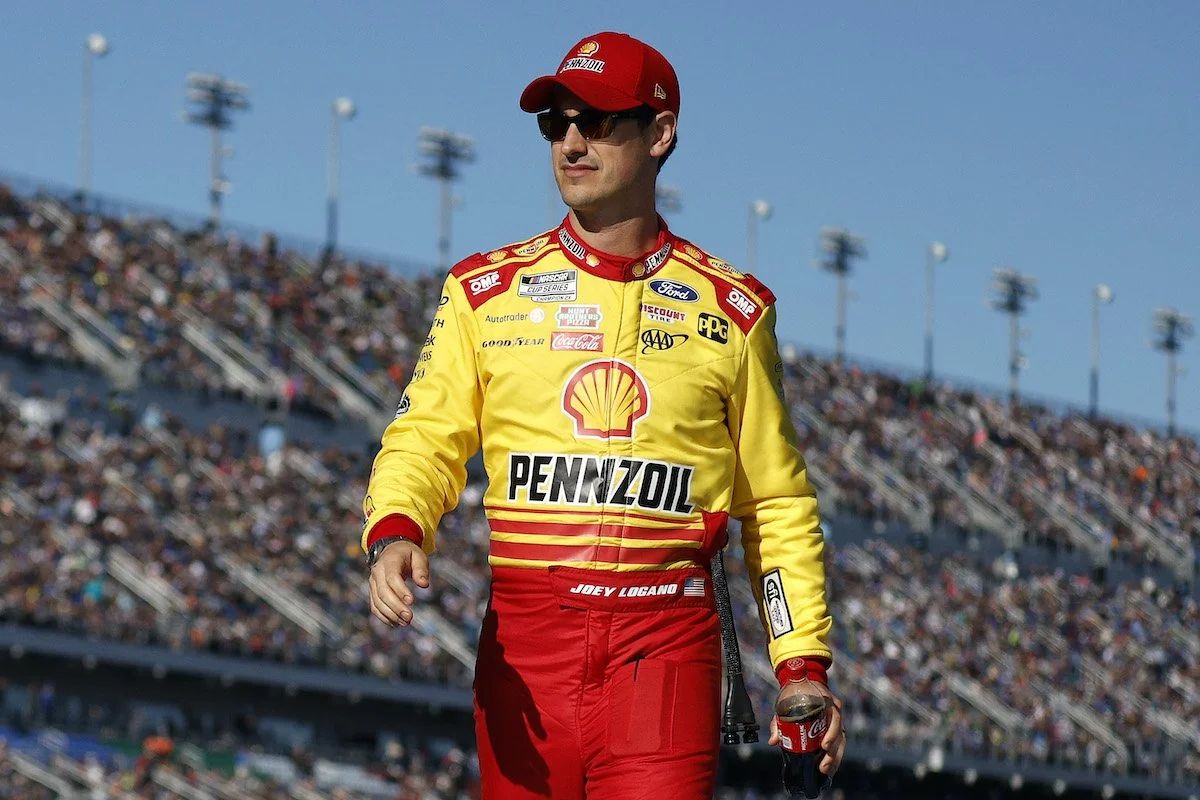Logano Reveals Pit Stop Tactics: In a recent reveal, Joey Logano disclosed his pit stop tactics for the upcoming Talladega Superspeedway, offering a peek into the intricate planning that underpins modern NASCAR races. By focusing on fuel conservation through ‘lifting and coasting’ techniques and leveraging advanced fine-tune pit stop efficiency, Logano and his team exemplify the precision and adaptability required to compete at the highest levels. These methods not only refine vehicle performance but also highlight a significant evolution in race strategy.
Key Takeaways
- Logano utilizes ‘lifting and coasting’ to conserve fuel, maintaining speed while saving pit stop time.
- Strategic drafting is essential, enabling Logano to manage fuel efficiently during races.
- Advanced telemetry systems guide Logano’s decisions on throttle usage for optimal fuel conservation.
- Coordination with Penske crew ensures quick and efficient pit stops, critical for superspeedway success.
- Logano’s success at Talladega is boosted by precise execution of data-driven pit stop strategies.
Evolution of Superspeedway Pitstop Strategies
Over the years, superspeedway pitstop strategies have undergone significant transformations, with teams increasingly adopting fuel-saving tactics to minimize time spent in the pits. The evolution of these strategies reflects a broader shift in racing philosophy, where the cumulative gains from slight efficiencies can decisively impact race outcomes.
Historically, pit stops focused mainly on the rapid execution of tire changes and refueling, with teams aiming to minimize the seconds spent stationary. However, as race strategies evolved, the emphasis on pit stop duration began to integrate more complex considerations of fuel management, tire wear prediction, and synchronized team actions. This has led to a more holistic approach where each pit stop is a calculated component of the race strategy, rather than a reactive maintenance task.
Advanced data analytics and simulation models now play a crucial role in shaping pit stop tactics. Teams analyze vast datasets to optimize the timing and frequency of pit stops, balance fuel loads, and predict tire performance under varying conditions. The integration of technology has enabled teams to perform real-time adjustments to their strategies, dynamically responding to the race’s progression and competitors’ actions.
Fuel-Saving Tactics at Superspeedways
Building on the advanced strategies discussed earlier, fuel-saving tactics have become a foundation of strategy at superspeedways like Talladega, where drivers carefully manage their fuel consumption to optimize pit stop efficiency. Joey Logano, a seasoned NASCAR driver with a net worth of $24 million, highlights the critical role of fuel management in achieving strategic advantages during races.
This approach allows drivers like Logano to extend their stints between pit stops, reducing the number of stops needed and consequently, the time lost. This tactic is particularly effective at Talladega where the draft plays an essential role, and maintaining position within the pack can be significant. By staying in the draft, drivers can throttle back slightly, conserving fuel without losing speed relative to the pack.
While manufacturer alliances are still strong at superspeedways, @joeylogano says another tactic has emerged amongst the field.
⛽️ "Fuel saving (is) one of the biggest things now." #NASCAR
More from the @Team_Penske driver on how he'll approach Sunday → https://t.co/keYsFmuVzu pic.twitter.com/jnLVBfeoEa
— SiriusXM NASCAR Radio (Ch. 90) (@SiriusXMNASCAR) April 19, 2024
Logano’s Insights on Fuel-Saving Strategy
In a recent interview with SiriusXM NASCAR Radio, Joey Logano discussed the vital role of fuel-saving strategies in modern superspeedway competitions, emphasizing the necessity for teams to adopt these measures from the onset of each stage to reduce the duration and frequency of pit stops. Logano detailed how strategic fuel management not only conserves valuable seconds in the pit lane but also aligns with broader tactical approaches that can greatly influence race outcomes.
“The new one now is fuel-saving, that’s been one of the biggest things now. We saw at Daytona, we saw it in the last few years, but now every team is on it. Everyone saves fuel during the beginning part of the stage, so that they can shorten up their pitstop”
“How does that go away? One would be needing to take tires, everyone comes in for fuel only most of the times, maybe some guys do two. If you needed tires, you wouldn’t be waiting on fuel anymore and you would wide open the whole time. So if we have more tire wear, that would probably get rid of that.”-Logano
Logano explained on the technical aspects, explaining that drivers are now more sensible with throttle usage, particularly during the drafting phases. This technique, known as ‘lifting and coasting,’ involves easing off the throttle early as they approach turns and relying more on the momentum and aerodynamics of drafting to maintain speed without burning excess fuel.

Anticipation for the Talladega Race
With a track record of success in this season’s earlier superspeedway races, Joey Logano approaches the upcoming Talladega race with a sense of optimism. His confidence is backed by the Penske Fords’ formidable performance on drafting tracks, suggesting a strategic advantage that could be decisive in the environment of Talladega Superspeedway. This race, notable for its high speeds and the critical importance of drafting, presents a unique set of challenges and opportunities.
Logano’s anticipation for the race is not just about the potential for victory but also about the dance of precision driving, strategic pit stops, and the ever-present need for tactical alliances on the track. The anticipation builds not only among the drivers but also among fans and team members, all of whom understand that success at Talladega can be both spectacular and elusive.
Logano’s Confidence and Track Record at Talladega
Joey Logano’s trio of wins at Talladega highlights his and Ford’s strong potential for success in the upcoming GEICO 500. Logano’s victories emphasize an established strength on the superspeedway circuit, where aerodynamics and team strategies play crucial roles.
“Talladega has been a great track for Ford, Penske, and all of us. We have been in contention every time we go down there. Our superspeedway program is our strength right now. We have seen that in qualifying and have seen the performance at Atlanta and Daytona so far. I have a lot of confidence going there.”-Logano
Logano’s confidence is not unearned. His record at Talladega speaks volumes about his ability to navigate the complexities of superspeedway racing—a blend of high speeds, close packs, and the threat of multi-car accidents.
Here is a brief overview of Logano’s performance in recent Talladega races:
| Year | Result |
|---|---|
| 2019 | 1st |
| 2018 | 1st |
| 2016 | 1st |
| 2015 | 4th |
News in Brief: Logano Reveals Pit Stop Tactics
Joey Logano’s strategic insights for the upcoming Talladega race represents the evolution of pit stop strategies in superspeedway contexts. His emphasis on fuel-saving techniques, particularly ‘lifting and coasting,’ alongside the adept use of technology. This approach not only highlights Logano’s expertise on such tracks but also sets a benchmark for efficiency and performance in high-stakes motorsports environments, reinforcing his status as a strong competitor at Talladega.
Our Reader’s Queries
Q. What was Joey Logano’s altered glove?
A. Logano’s left-hand black glove featured webbing made of an undisclosed material between each finger. Speculation arises that Logano, who secured the second qualifying spot at Atlanta last weekend, may have modified the glove to extend his hand out the window, potentially serving as an aerodynamic blocker during qualifying.
Q. What happened to Logano in NASCAR?
A. A crash on Lap 204 prematurely ended the race for three-time Phoenix victor Joey Logano during Sunday’s NASCAR Cup Series event at Phoenix Raceway. Logano, who was positioned outside the top 20 in Sunday’s Shriners Children’s 500, experienced contact from John Hunter Nemechek’s No. [Car Number].
Q. Has Joey Logano won the Daytona 500 before?
A. Logano boasts an impressive 32 Cup victories, notably clinching the prestigious 2015 Daytona 500 title. His accolades also include securing the Sunoco Rookie of the Year award in 2009.
ALSO READ: Joey Logano Blasts Goodyear: Short Track Crisis Deepens




